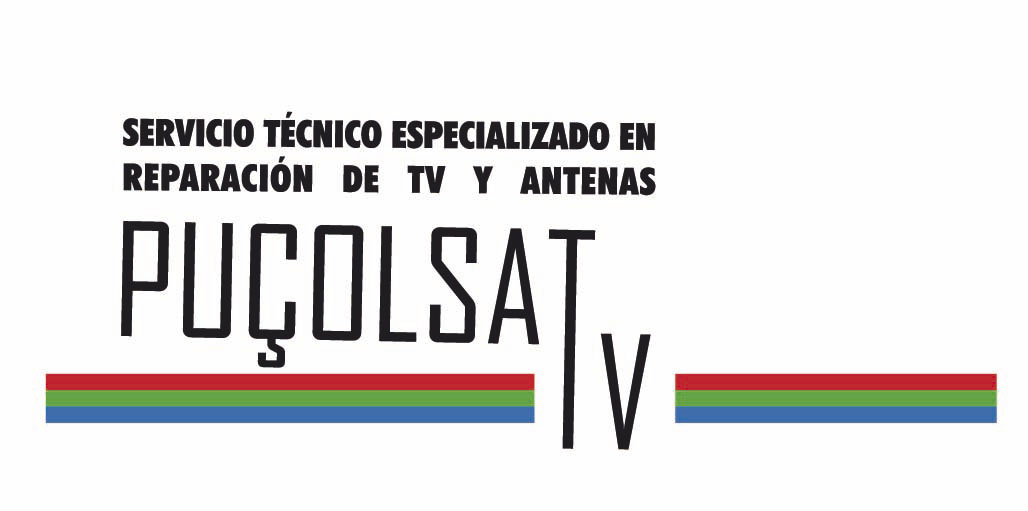Column Editor’s Note: Dating apps and online matchmaking are now a commonplace way for couples to meet and relationships to form. As human communications expert Liesel Sharabi explains, the algorithms underlying the matchmaking have evolved enormously in complexity over recent years, and our relationship with online dating apps have become a long-term prospect.
Online dating has become the most common way for couples to meet in the United States (Rosenfeld et al., 2019). Fifty-two percent of Americans who have never been married say they have tried their luck with online dating (Anderson et al., 2020). There is also evidence that online dating may be changing the composition of real-world relationships. According to a 2013 study by Cacioppo et al., one-third of marriages in the United States are between partners who were introduced to each other online. Outside of the United States, millions of people use online dating services ().
One of the first commercial forays into computerized dating took place at Harvard University in 1965 (Mathews, 1965), but it would be with the arrival of Match in the mid-1990s
Although success can mean different things depending on the person, meeting face-to-face (be it for casual sex or for a committed relationship) is generally a good indicator that a platform has done its job (Ellison et al., 2006). The problem for data science is finding the best way to filter and sort at the matching stage in order to make recommendations that will lead to successful outcomes. Most online dating platforms do this by relying on algorithms and artificial intelligence (AI) to introduce users to partners with whom they might be compatible. But can matching algorithms learn to predict what has long eluded their human creators: the secret to romantic compatibility? The following sections explore this question by tracing the history of online dating from desktop computers to smartphones and the emergence of modern methods for finding romance with data.
“The theoretical perspective underlying the online matchmaking paradigm is that who you are and who you choose to be with will have an enormous impact on the quality of your marriage.” –Steven Carter and Galen Buckwalter, eHarmony 1
Online dating generally progresses through a series of stages that involve filling out a profile, matching, messaging, and, if all goes well, meeting in person
Early online dating sites bore a strong resemblance to newspaper personal ads and were designed for users to click through profiles until they found someone who piqued their interest. The appeal of these sites was that they afforded greater access to potential partners, yet too many options can be overwhelming and leave people feeling dissatisfied with their ). In a classic example of choice overload, Iyengar and Lepper (2000) presented grocery store shoppers with a tasting booth containing either six or 24 flavors of gourmet jam. Despite being drawn to the booth with more options, shoppers were the most likely to make a purchase when given fewer choices. Likewise, when online daters are given more profiles to examine, they are known to spend more time searching, to be less selective by considering options that do not meet their preferences, and to make poorer choices that do not fit what they are looking for in a partner (Wu Chiou, 2009).
Online dating sites began to experiment with compatibility matching in the early 2000s as a way to address the issue of choice overload by narrowing the dating pool. Matching algorithms also allowed sites to accomplish other goals, such as being able to charge higher fees for their services and enhancing user engagement and satisfaction (). Since these algorithms did not have to work perfectly to be profitable (Sharabi Timmermans, 2021), there was flexibility in how they made their recommendations. The sites that rose to popularity around this time claimed to provide ‘scientific matching’ and relied on lengthy questionnaires to gather data about their users’ preferences (Sprecher, 2011). Some sites even went so far as to eliminate the ability to search entirely, which meant that users had fewer options but also less competition since there were not as many profiles to choose from (Halaburda et al., 2018). Although much of the industry takes a black-box approach to algorithms (Courtois Timmermans, 2018), eHarmony and OkCupid have been a few of the more transparent sites in their approach to matchmaking.

